Think Tank: It’s All about People
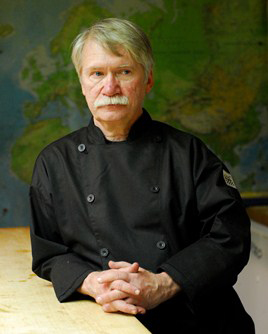 Graduates will not remember many specifics of their educations, and will even realize that so much they thought would be important to their life paths isn’t. But they will remember those who influenced their learning in meaningful ways.
Graduates will not remember many specifics of their educations, and will even realize that so much they thought would be important to their life paths isn’t. But they will remember those who influenced their learning in meaningful ways.
By Paul Sorgule, MS, AAC
Another academic year has come and gone. After students walk across the stage, every administrator, faculty member, student and parent has an opportunity to reflect on the two or four years that went into making graduation possible.
Deans and directors are beginning to plan time into their summer schedules for review of curriculum, some overdue maintenance on kitchen facilities, completing outcome assessment materials from the year coming to a close, and justifying budgets nearing the end of a fiscal year.
Faculty are putting course materials to bed and cleaning offices as they head into some well-earned time off. Students are breathing a sigh of relief combined with that uneasy feeling as they enter the workforce, and parents are still glowing with pride—knowing that their son or daughter has just completed another phase in his or her life.

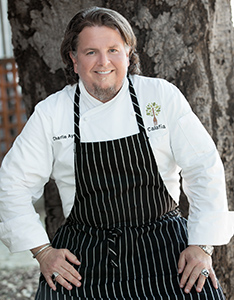 Chef Charlie Ayers and other celebrity chefs support Earth Day San Francisco in honor of Earth Month.
Chef Charlie Ayers and other celebrity chefs support Earth Day San Francisco in honor of Earth Month.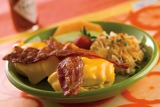
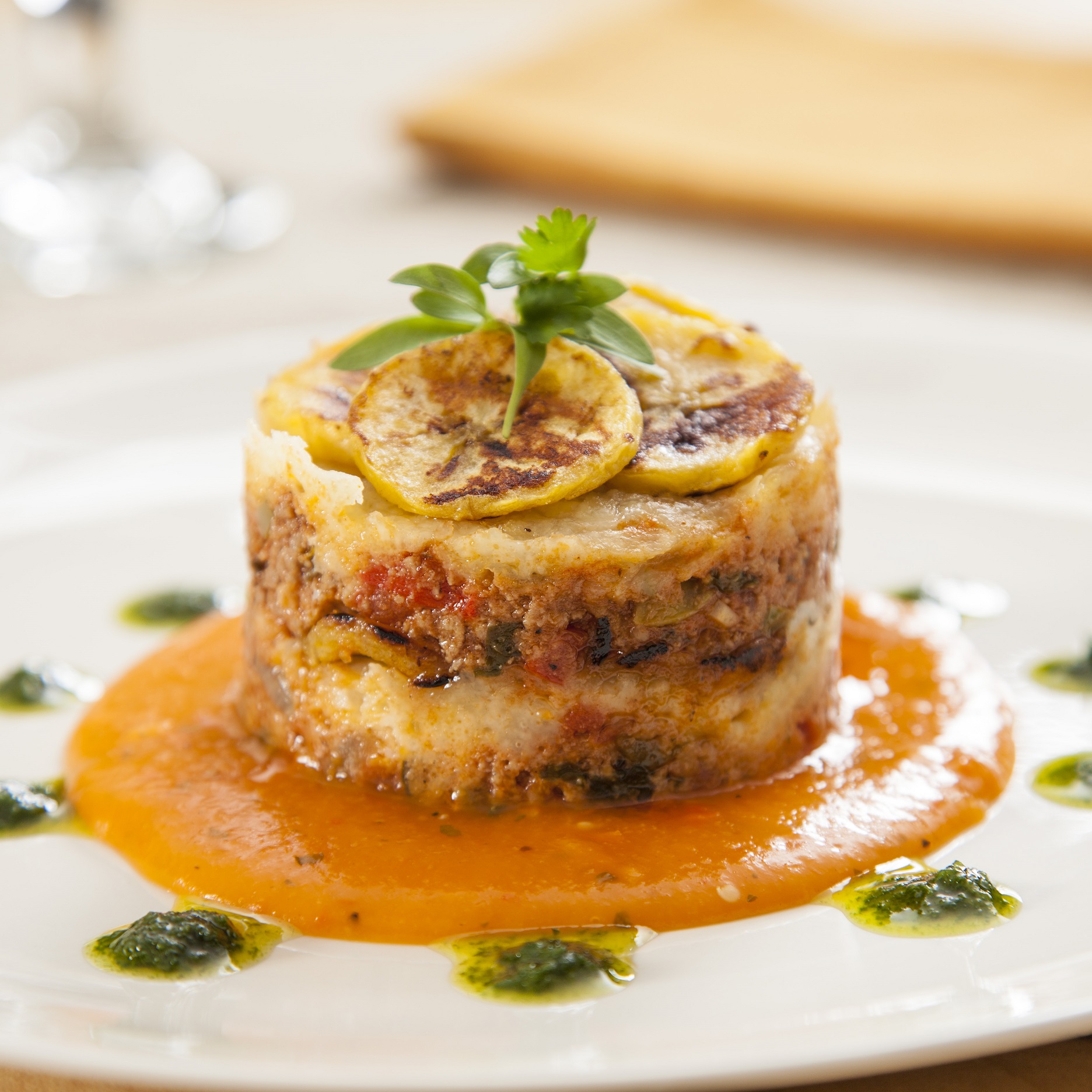 Maple Leaf Farms challenges professional chefs and culinary students to think outside the box when it comes to duck preparation. And to spark their creative juices, Maple Leaf is offering more than $19,000 in prize money in the 2015 Discover Duck Recipe Contest.
Maple Leaf Farms challenges professional chefs and culinary students to think outside the box when it comes to duck preparation. And to spark their creative juices, Maple Leaf is offering more than $19,000 in prize money in the 2015 Discover Duck Recipe Contest. The Culinary Institute of America has appointed Rose S. Wang as the college’s vice president of strategy. Wang joined the college on Feb. 3, 2015, after serving as the chief financial officer of the Mount Sinai School of Medicine’s Center to Advance Palliative Care in New York City since 2013.
The Culinary Institute of America has appointed Rose S. Wang as the college’s vice president of strategy. Wang joined the college on Feb. 3, 2015, after serving as the chief financial officer of the Mount Sinai School of Medicine’s Center to Advance Palliative Care in New York City since 2013.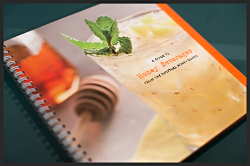 The National Honey Board (NHB) has introduced a colorful, eye-catching, new, information-rich resource, A Guide to Honey Beverages. Serving as a complement to the Sweet Stirrings cocktail guide (2012), the honey beverage handbook features nearly 40 spiral-bound, laminated pages replete with honey tips, tricks and on-trend recipes to help operators enhance their non-alcoholic and alcoholic beverage menus and programs.
The National Honey Board (NHB) has introduced a colorful, eye-catching, new, information-rich resource, A Guide to Honey Beverages. Serving as a complement to the Sweet Stirrings cocktail guide (2012), the honey beverage handbook features nearly 40 spiral-bound, laminated pages replete with honey tips, tricks and on-trend recipes to help operators enhance their non-alcoholic and alcoholic beverage menus and programs. With the addition of Master of Wine Adam Lapierre (pictured) to the team and three brand new programs to the schedule, San Francisco Wine School now boasts top-level educators from, and coursework for, all four major wine credentialing bodies. The school’s elite group now comprises three Master Sommeliers (Court of Master Sommeliers), three with Diplomas in Wine & Spirits (Wine & Spirits Education Trust), three Certified Wine Educators (Society of Wine Educators) and one Master of Wine (Institute of Masters of Wine). This guarantees that, no matter which educational path wine students choose, they will be fully supported by San Francisco Wine School.
With the addition of Master of Wine Adam Lapierre (pictured) to the team and three brand new programs to the schedule, San Francisco Wine School now boasts top-level educators from, and coursework for, all four major wine credentialing bodies. The school’s elite group now comprises three Master Sommeliers (Court of Master Sommeliers), three with Diplomas in Wine & Spirits (Wine & Spirits Education Trust), three Certified Wine Educators (Society of Wine Educators) and one Master of Wine (Institute of Masters of Wine). This guarantees that, no matter which educational path wine students choose, they will be fully supported by San Francisco Wine School.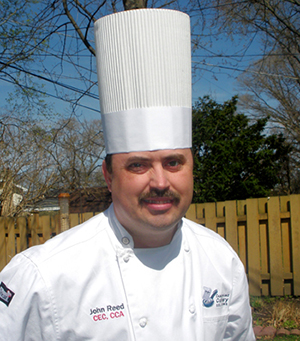 Naturally, educators must stress to their students the critical importance of proper knife skills. But, says this chef-consultant, the reality in the workplace doesn’t always match what we teach. (Don’t miss the YouTube video link.)
Naturally, educators must stress to their students the critical importance of proper knife skills. But, says this chef-consultant, the reality in the workplace doesn’t always match what we teach. (Don’t miss the YouTube video link.)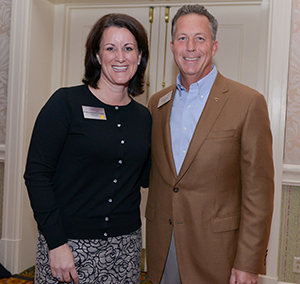 Emily Williams Knight—the newest of three educators on the NRAEF’s board—is committed to helping more Americans achieve meaningful, fulfilling careers in the restaurant industry via a respected national industry platform.
Emily Williams Knight—the newest of three educators on the NRAEF’s board—is committed to helping more Americans achieve meaningful, fulfilling careers in the restaurant industry via a respected national industry platform.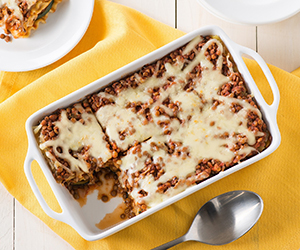 Familiarity with cooking and incorporating lentils into various menu applications can help your students meet nutrition regulations, budgets and consumer demands when they become foodservice professionals.
Familiarity with cooking and incorporating lentils into various menu applications can help your students meet nutrition regulations, budgets and consumer demands when they become foodservice professionals.